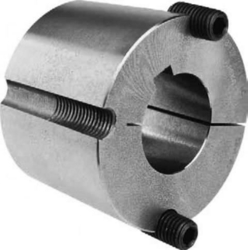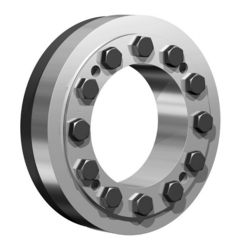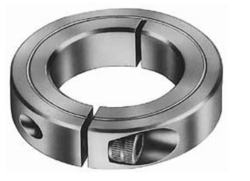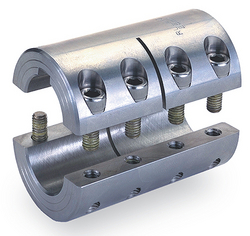
Emirates Power-Water Services - | E-Showroom

Emirates Power-Water Services - | E-Showroom
Emirates Power-Water Services
incubator bldg, masdar city, Abu Dhabi FD135 incubator bldg, masdar city, Abu Dhabi Abu Dhabi
United Arab Emirates

Dubai Yellow Pages Online is a Local Business to Business Directory in Dubai offering business list of more than 250,000 companies. You can find Hotels in Dubai , Companies in Dubai , Properties in Dubai , Travel info in Dubai through this Site. Yellow Pages Dubai Updated in 2025 Get Maximum Benefit for your Business Visit YP MarketPlaces
| About Us Careers Company Information User Guide About Us |
About Dubai About Dubai Companies in Dubai Free listing in Dubai Dubai Business Directory |
Buying Options Post Buying Leads Browse Categories Companies in Dubai How to Buy |
Selling Options Post Selling Leads Browse Categories How to Sell |
Safety & Support Help Safety & Security Copyright Infringment |
Advertising How to Advertise? Host Website with us Elite Membership |
Method Of Payment Privacy Policy Refund Policy Dispute & Resolution Policy Terms |
| Thanks for Posting your Requirement
with
Dubai Yellow Pages Online
If you are not Verified Buyer then Please Verify Your Email to get Quotes from Verified Suppliers. |








|
Thanks for Reporting Error in Listing of on Dubai Yellow Pages Online
Our Technical Team will review the Information and will Rectify the Error as Soon as Possible. |
| Thanks for Reply.
Dubai Yellow Pages Online
Your Reply is Sent to the Buyer. |
| Thanks for Reply.
Your Reply is Sent to the Seller. |
| Ok Close |




